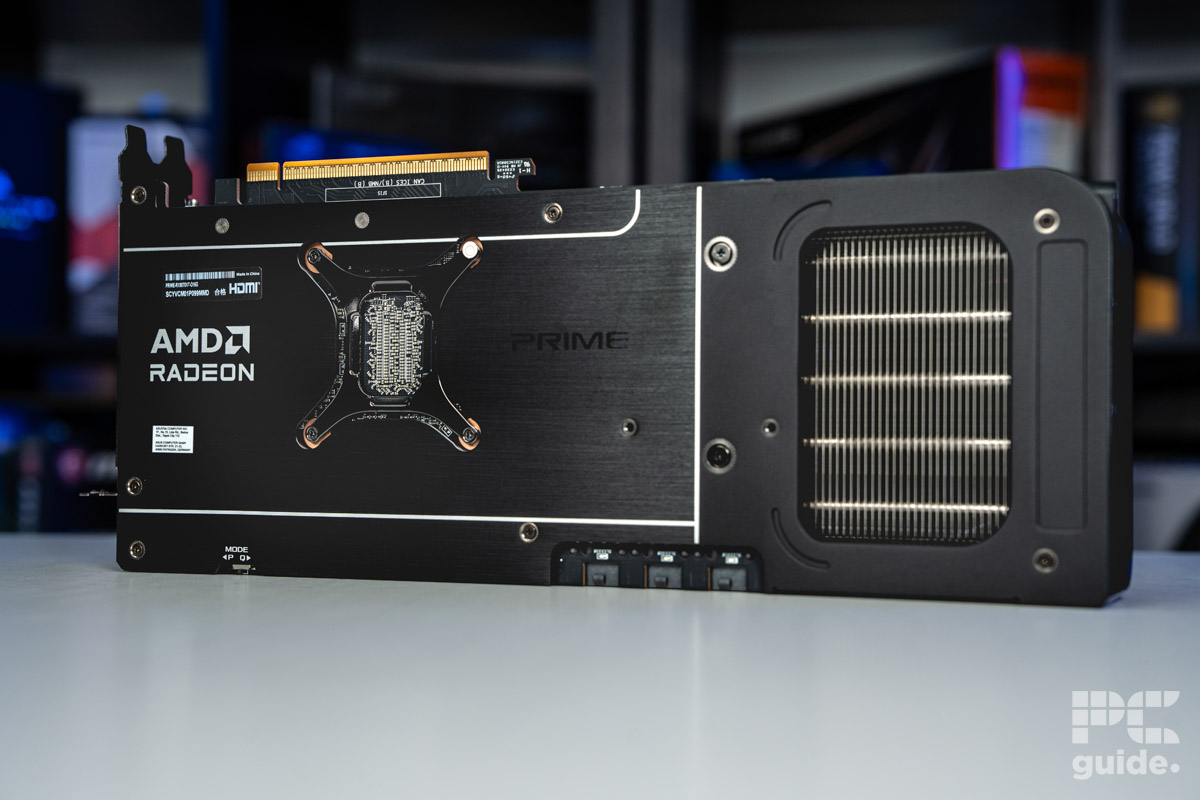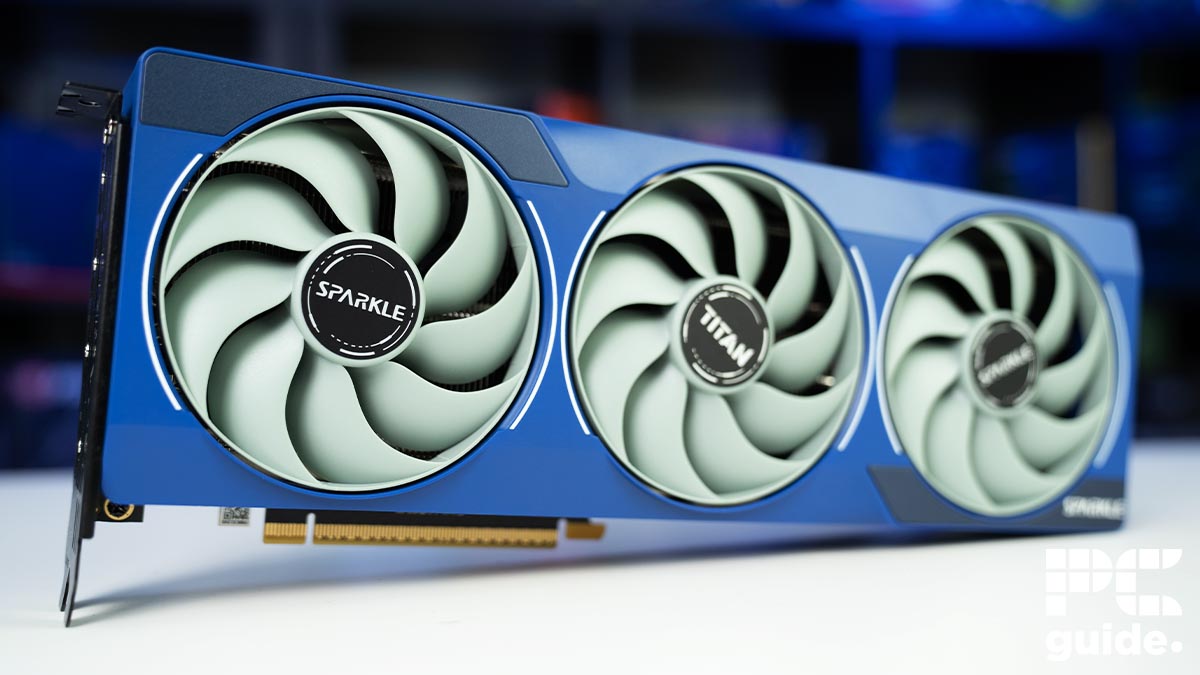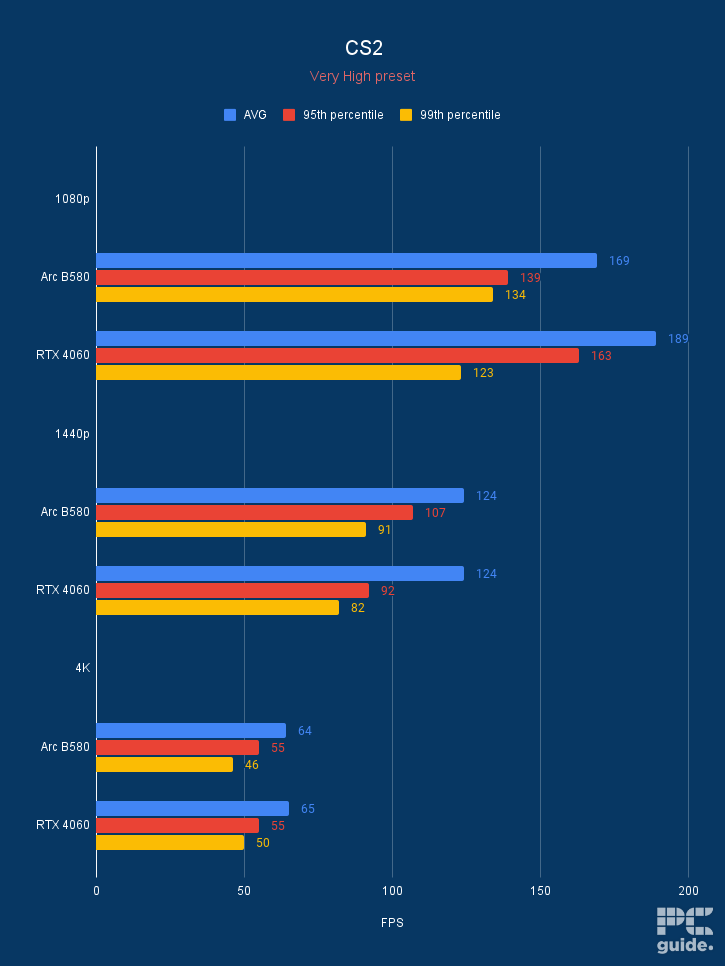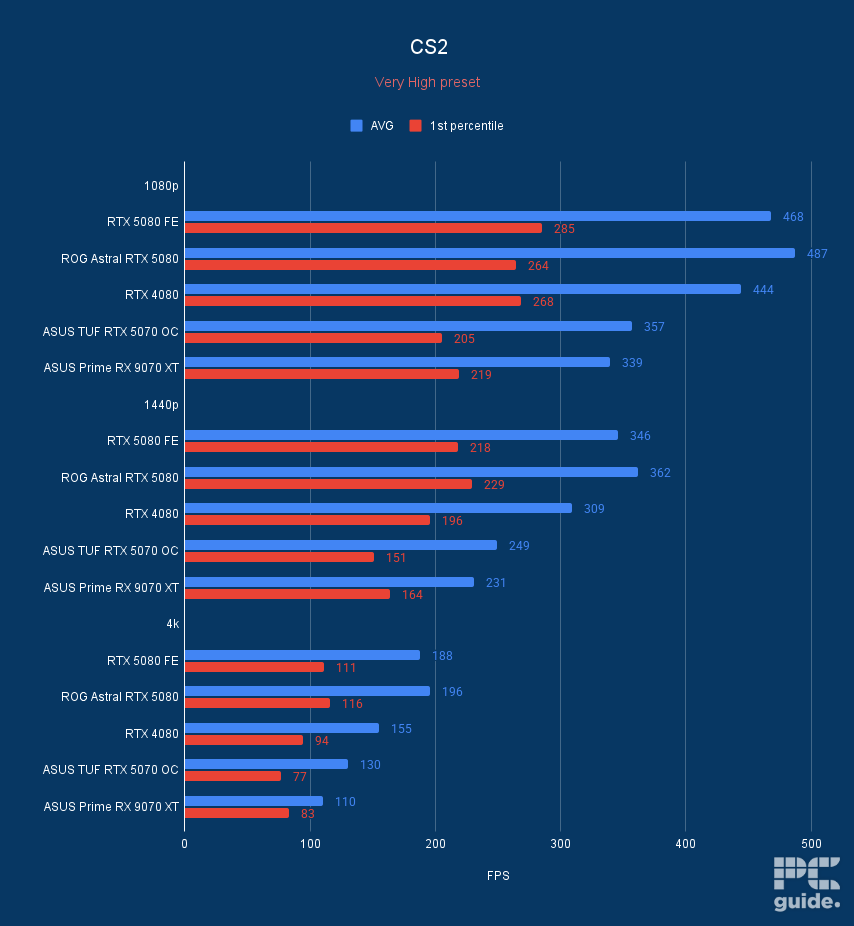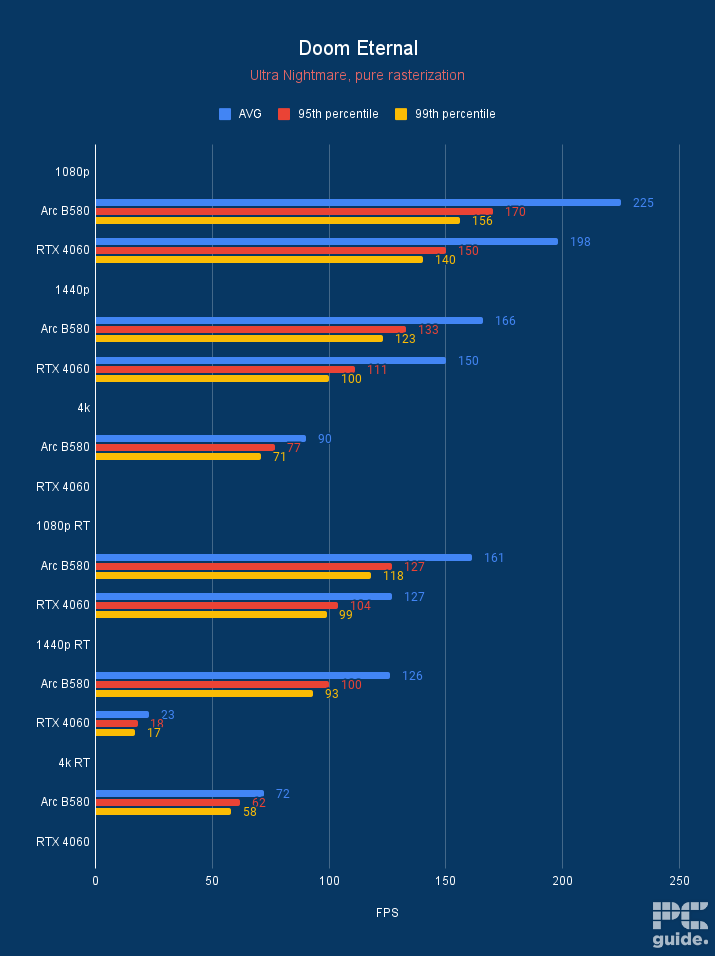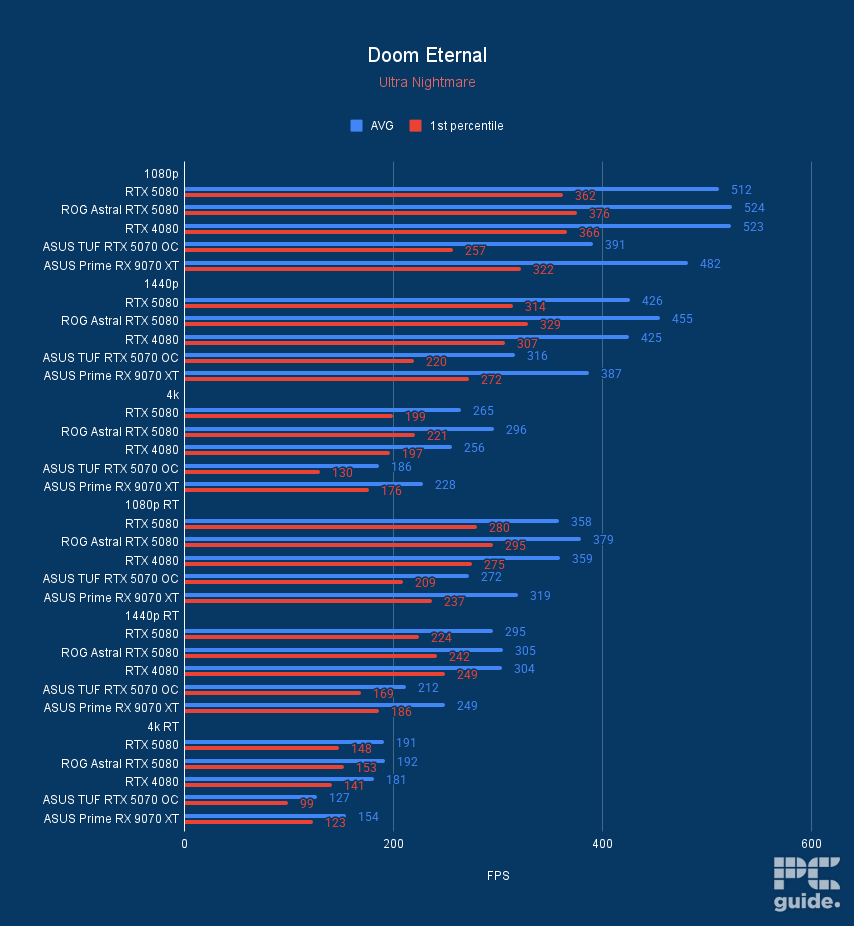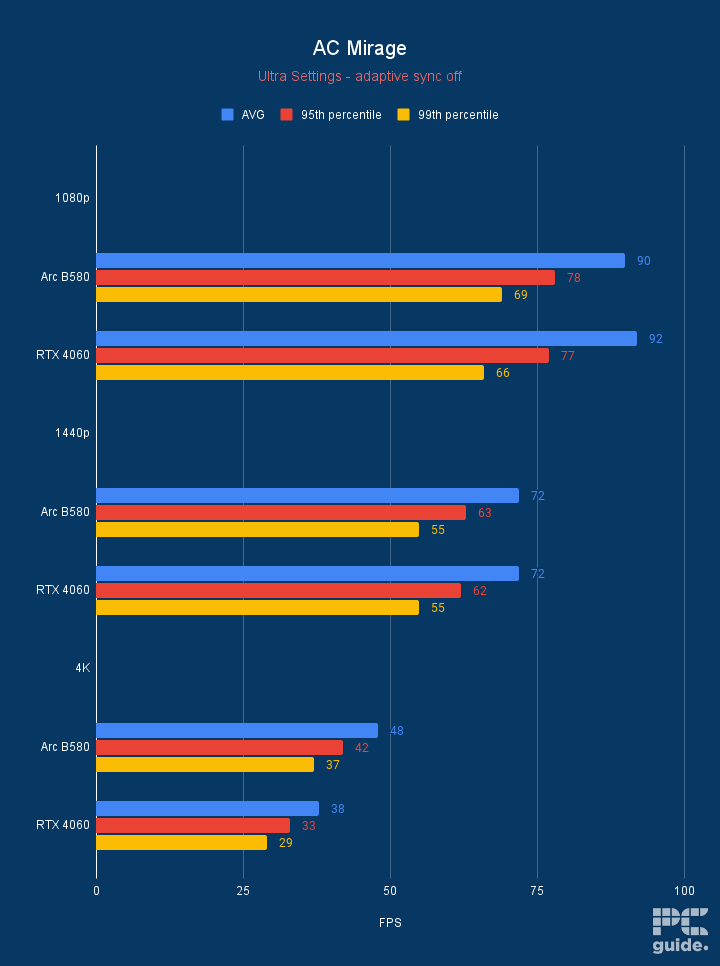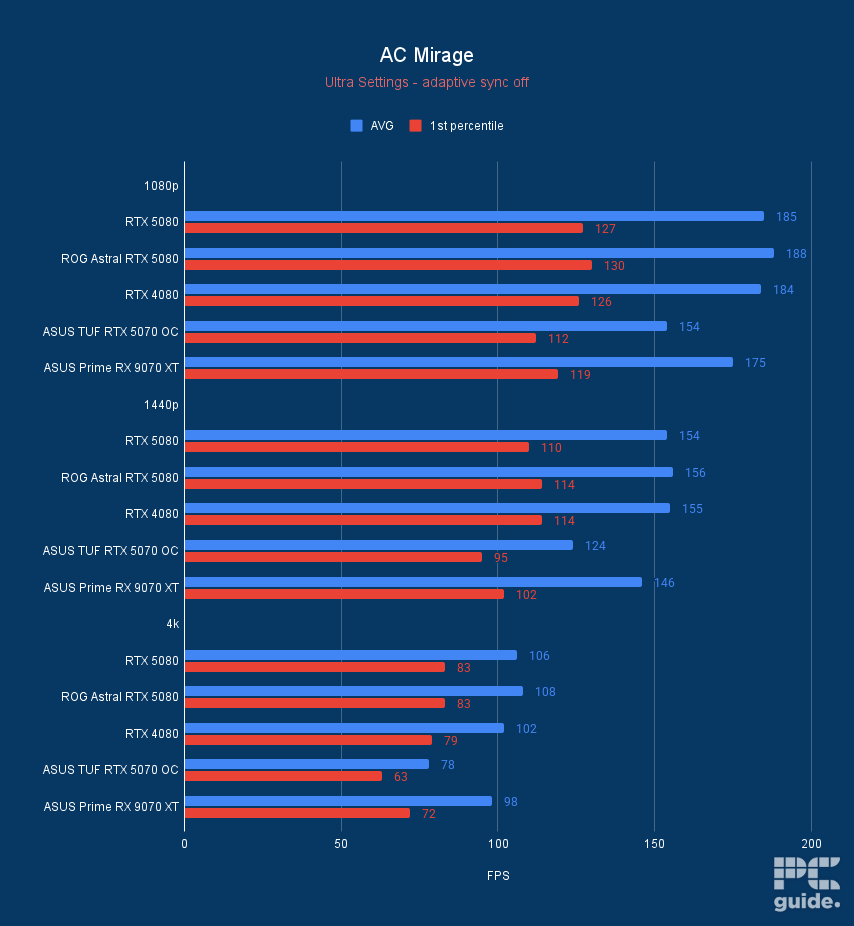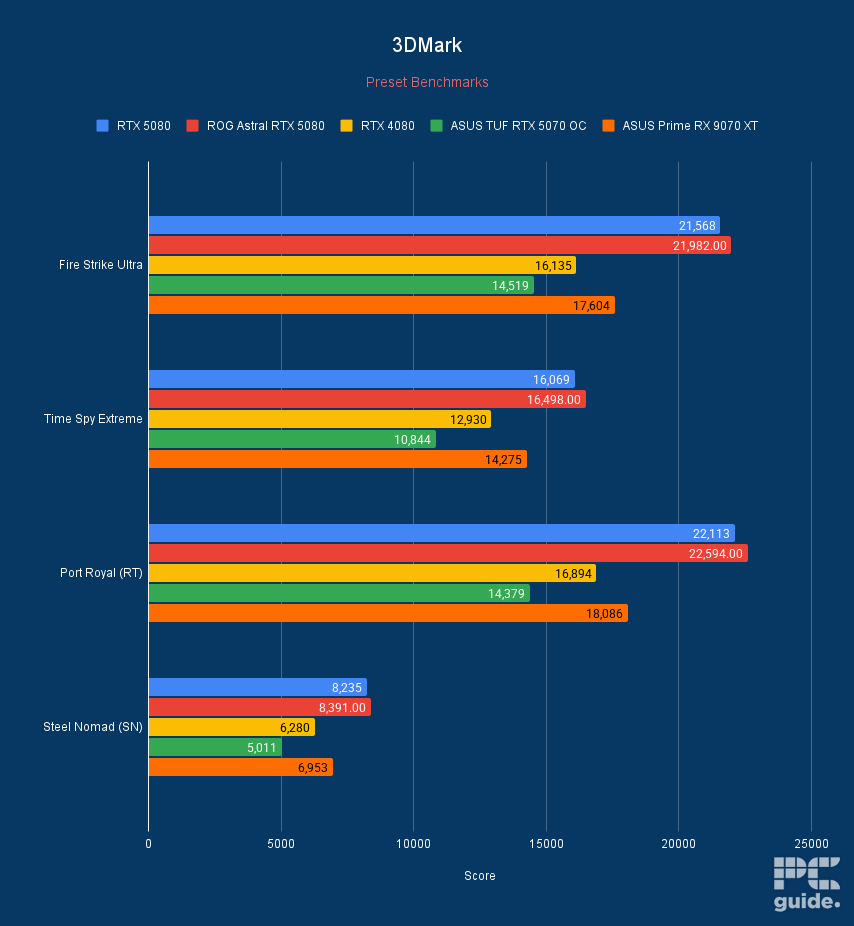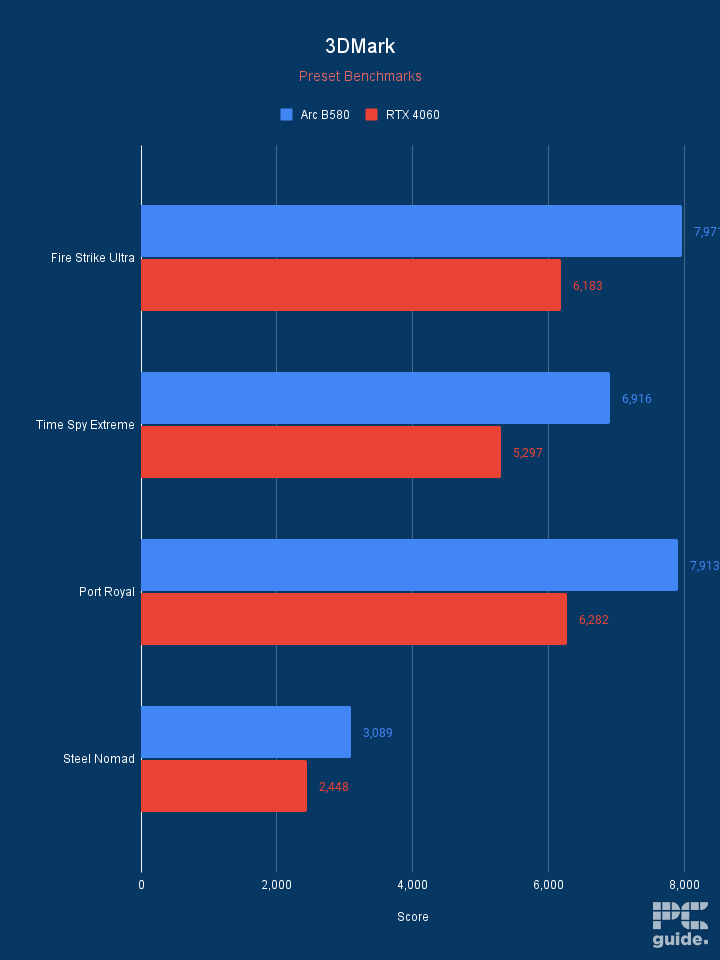RX 9070 XT vs Intel Arc B580 spec and performance comparison – how do they compare?
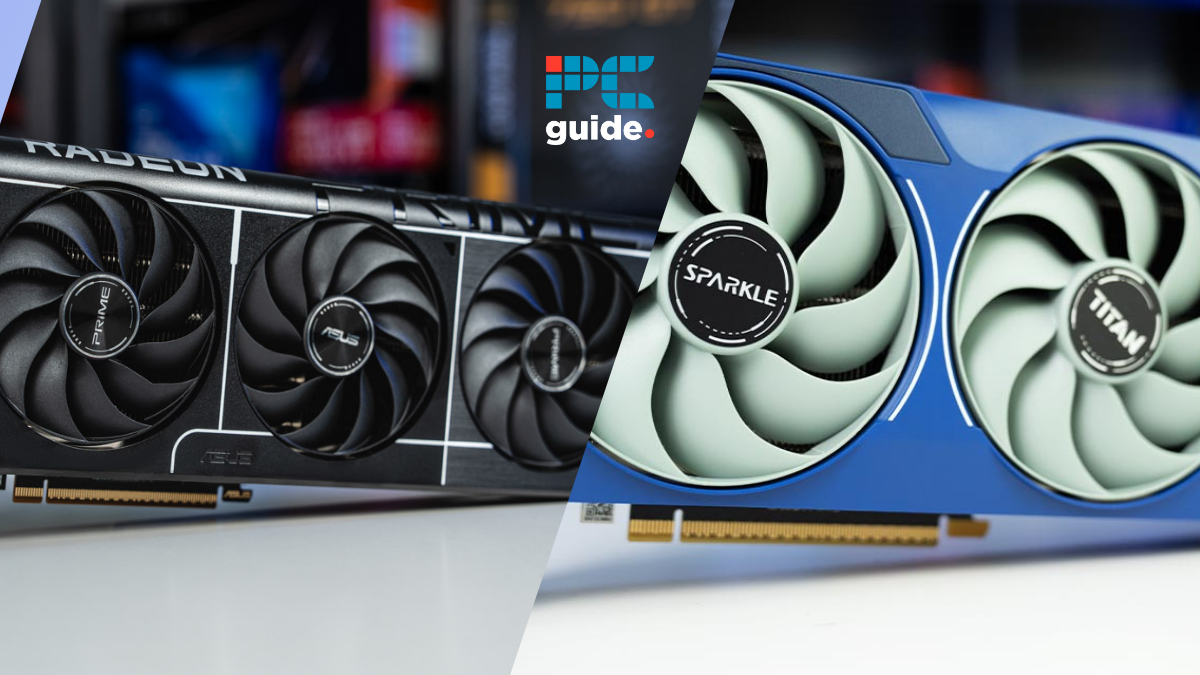
Table of Contents
The RX 9070 XT is here, and it has disrupted the GPU market with its top-notch performance and incredible value for money. AMD had plenty of stock at launch, but due to how well it performed, the demand was “phenomenal.” Currently, it is out of stock, but it should soon be replenished. Another upset for Team Green was that the Radeon 9000 GPUs did so well with the community that AMD’s market share peaked at 45%.
This GPU features cores based on the new RDNA 4 architecture, AI accelerators, 1557 AI TOPs, and next-gen connectivity. While many might be wondering how it fares against the RX 7800 XT or the RTX 5070 Ti, as AMD claims that RX 9070 XT can outperform the latter at 4K but, what we're interested in learning is how it'll stack against the Intel Arc B580.
Prime Day is finally here! Find all the biggest tech and PC deals below.
- Sapphire 11348-03-20G Pulse AMD Radeon™ RX 9070 XT Was $779 Now $739
- AMD Ryzen 7 7800X3D 8-Core, 16-Thread Desktop Processor Was $449 Now $341
- ASUS RTX™ 5060 OC Edition Graphics Card Was $379 Now $339
- LG 77-Inch Class OLED evo AI 4K C5 Series Smart TV Was $3,696 Now $2,796
- Intel® Core™ i7-14700K New Gaming Desktop Was $320.99 Now $274
- Lexar 2TB NM1090 w/HeatSink SSD PCIe Gen5x4 NVMe M.2 Was $281.97 Now $214.98
- Apple Watch Series 10 GPS + Cellular 42mm case Smartwatch Was $499.99 Now $379.99
- ASUS ROG Strix G16 (2025) 16" FHD, RTX 5060 gaming laptop Was $1,499.99 Now $1,274.99
- Apple iPad mini (A17 Pro): Apple Intelligence Was $499.99 Now $379.99
*Prices and savings subject to change. Click through to get the current prices.
The Arc B580 made huge waves upon its release, and when we reviewed it, we found that it outperformed the RTX 4060 and the RX 7600 XT while having a much more pocket-friendly price tag. It even managed to push 4K in some titles where the RTX 4060 failed, meaning it could punch slightly above its weight class, which is great for a budget graphics card.
In this article, we'll compare these cards based on their specifications and real-world performance as we’ve thoroughly tested and reviewed both of them. Here is how the RX 9070 XT and the Intel Arc B580 stack against each other.
RX 9070 XT vs. Intel Arc B580 specs comparison
Here’s a quick look at how these two cards stack up side-by-side.
| Specifications | RX 9070 XT | Intel Arc B580 |
| Compute units/Xe Cores | 64 | 20 |
| RT Accelerators | 64 | 20 |
| AI Accelerators | 128 | 160 |
| Peak AI TOPS | 1557 | 233 |
| Boost clock speed | 2.97 GHz | 2.6 GHZ |
| Memory | 16GB GDDR6 | 12GB GDDR6 |
| TDP | 304W | 225W |
| Connectivity | PCIe 5.0 x16 | PCIe 4.0 x8 |
| Display | DisplayPort 2.1a, HDMI 2.1b | DisplayPort 2.1, HDMI 2.1a |
Performance comparison
To gauge the performance of these graphics cards, we’ll check out their gaming performance at 4K and 1440p and also showcase their synthetic output, which we tested by running various software such as 3DMark, Geekbench, HandBrake, and Blender.
RX 9070 XT vs. Intel Arc B580 4K performance
The RX 9070 XT is on a different level than the Arc B580. Just looking at their hardware, it shouldn’t come as a surprise that the latter isn’t built for 4K gaming. However, when we tested the B580, it managed to push 4K in some titles, which is amazing. The titles it could handle in 4K are Doom Eternal, Assassin’s Creed: Mirage, and CS2.
The Intel Arc B580 managed 90 FPS in Doom Eternal, while the RX 9070 XT delivered 228 FPS, a performance difference of 86%. In Assassin’s Creed: Mirage, we got 48 FPS with the B580 and 98 FPS with the 9070 XT. So, the latter has 68% better performance than the former, and for the last title, CS2, the B580, and 9070 XT delivered 64 and 110 FPS, respectively, with the 9070 XT still ahead with a 52% better output.
Unsurprisingly, the B580 can’t hold a candle to the 9070 XT’s 4K performance, and it is the better card for 4K gaming out of the two, but it also costs more than the B580. However, if you can manage a couple of hundred dollars extra, you’d get significantly better performance and should future-proof your gaming setup for the next couple of years.
RX 9070 XT vs. Intel Arc B580 1440p performance
When it comes to 1440p performance, the Intel Arc B580 had a much better time and churned out higher frames as it is better suited for low-resolution gaming. However, that also means that it is much easier for the RX 9070 XT to handle as well. In Counter-Strike 2, the 9070 XT delivered 231 FPS while the B580 managed 124 FPS (a 60% performance difference).
In Doom Eternal, the B580 managed 166 frames per second, and the Team Red champion dominated by churning out 387 FPS, which is a 79% better performance at 2K. The B580 managed to run Assassin’s Creed: Mirage with 72 FPS, but once again, the 9070 XT managed to leave it in the dust with 146 FSP (67% better output).
So, while 1440p and 1080p are more suited for the Intel Arc B580, given its budget nature, the RX 9070 XT can easily handle 4K, meaning rendering frames at lower resolutions is a walk in the park for it.
RX 9070 XT vs. Intel Arc B580 synthetic performance
As for the synthetic performance of these GPUs, we’ll take the example of 3DMark and its benchmarking tests: Fire Strike Ultra, Time Spy Extreme, and Port Royal. These tests gauge the 4K and real-time ray tracing performance, respectively. So, you might’ve already guessed which graphics card out of these two will come out on top in this comparison, but we’ll still give you numbers so you have a clearer picture.
In Fire Strike Ultra, which uses DirectX 11, the Intel Arc B580 managed 7,971 points, while the RX 9070 XT has a score of 17,604. In Time Spy Extreme, which is more demanding and works with the DirectX 12 API, we got 6,916 and 14,275 points for the B580 and 9070 XT, respectively.
For Port Royal, the B580 got 7,913 FPS, while the 9070 XT managed 18,086 points. So, the RX 9070 XT wins in the section via landslide as well,l but once again, the B580 wasn’t made to go against heavy hitters and is one of the best budget graphics cards available.
Design differences
It is clear which GPU is the better one between the 9070 XT and the B580; however, let’s compare some specifications to see
PCIe connection and VRAM
The RX 9070 XT has 16GB GDDR6 VRAM with a 256-bit memory bus width and a PCIe 5.0 x16 connection. On the other hand, the Intel Arc B580 has 12GB GDDR6 VRAM with a 192-bit memory bus width and a PCIe 4.0 x8 connection.
The RX 9070 XT has a clear advantage in hardware. The PCIe 5.0 x16 connection combined with the 256-bit memory bus width results in a much higher bandwidth of 640 GB/s, which can improve performance in tasks like UHD gaming, training AI models, video editing, and other high-bandwidth applications.
On the other hand, a PCIe 4.0 x8 connection has a 16GB/s bandwidth since it has fewer lanes to move the data through, meaning lesser bandwidth. However, the Arc B580 has a 456GB/s memory bandwidth, which is decent for a budget GPU.
Despite its humble hardware, it outperformed the RTX 4060 and even traded blows with the RTX 4060 Ti, so we might see it do the same with the RX 9070 XT, but we can't say that for sure till we've reviewed AMD's newest offering.
Cores
The Intel Arc B580 has 20 cores based on the Xe2 architecture, while the RX 9070 XT has 64 Compute Units based on RDNA 4. However, these cores can't be compared due to having different architectures, but what is impressive is that despite the B580 having 160 AI cores compared to the 9070 XT's 128 AI cores, it has 233 AI TOPS, and the 9070 XT has 1557 AI TOPS.
This is a massive performance difference in AI workloads, meaning the RX 9070 XT is a much better GPU if your main focus is training AI models and other AI-related workflows.
In addition, the RX 9070 XT has a 2.97 GHz boost clock speed while the B580 tops out at 2.6 GHz, and while these values aren't set in stone as overclocking the GPU can make the cores run faster, it will also increase the power draw and the thermal output.
Even then, the variant you get will also impact how much overclocking potential you can get out of the card, and with the 9070 XT having a higher boost clock from the get-go, chances are that it'll still have a faster clock speed, resulting in better output.
Price
The Intel Arc B580 has a very pocket-friendly price tag of $249, which is much less than that of the RX 9070 XT, which sits at $599. That being said, both of these cards cater to different audiences, with the former built for budget gaming and the latter aiming for 1440p and above.
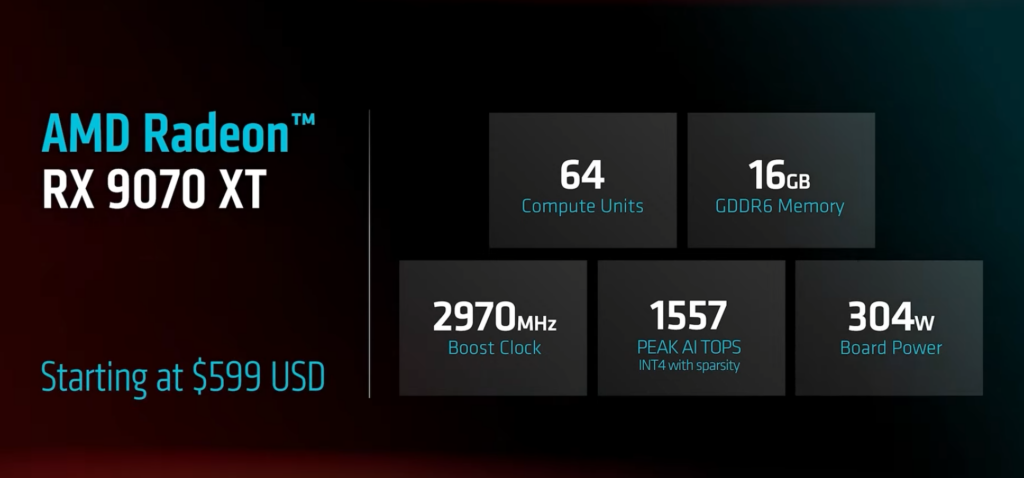
However, during our testing, we found that the B580 can also run games at 4K but not consistently. In addition, the $249 MSRP might be difficult to find as AIB cards have increased prices, such as WEELIAO Intel Arc B580, available on Amazon for $398.
So, looking at this, paying a little extra for the 9070 XT makes more sense, as it has a better and consistent performance at 4K compared to the Arc B580.
Verdict
Between the RX 9070 XT and the Intel Arc B580, the former is the better GPU as it displayed excellent gaming and synthetic output. However, it costs significantly more than the B580, as the latter is a budget GPU with a $249 MSRP.
So, if you're okay with spending a couple of hundred dollars extra on a mid-range GPU, then the RX 9070 XT should be a worthwhile option, but if you just want to play games at 1080p, the B580 is the GPU to go for. The RX 9070 XT also has FSR 4 and other technologies in its arsenal, which the B580 has the answer to, but since AMD and Nvidia have been in this race far longer than Intel, the difference in technologies is also apparent.

